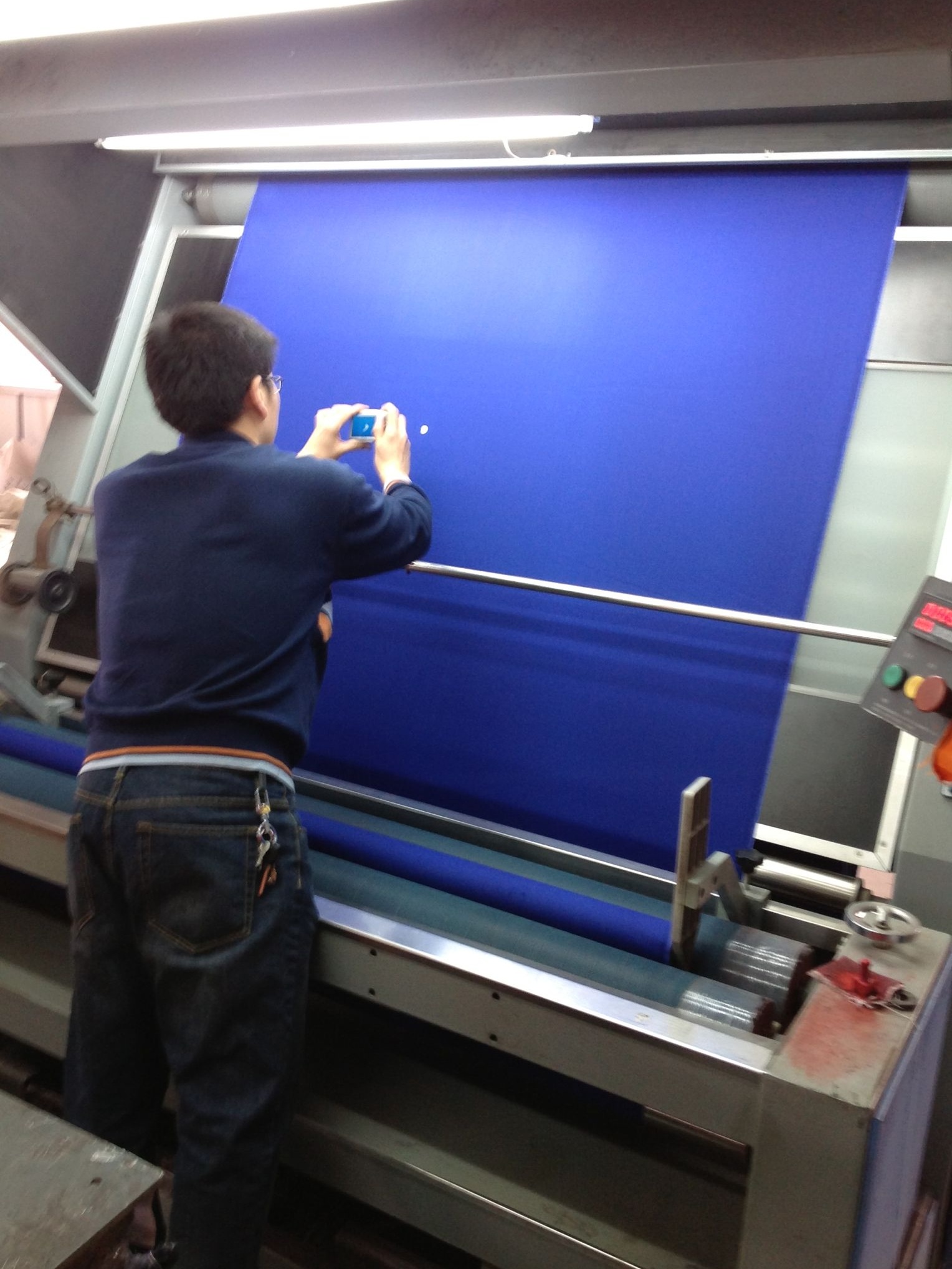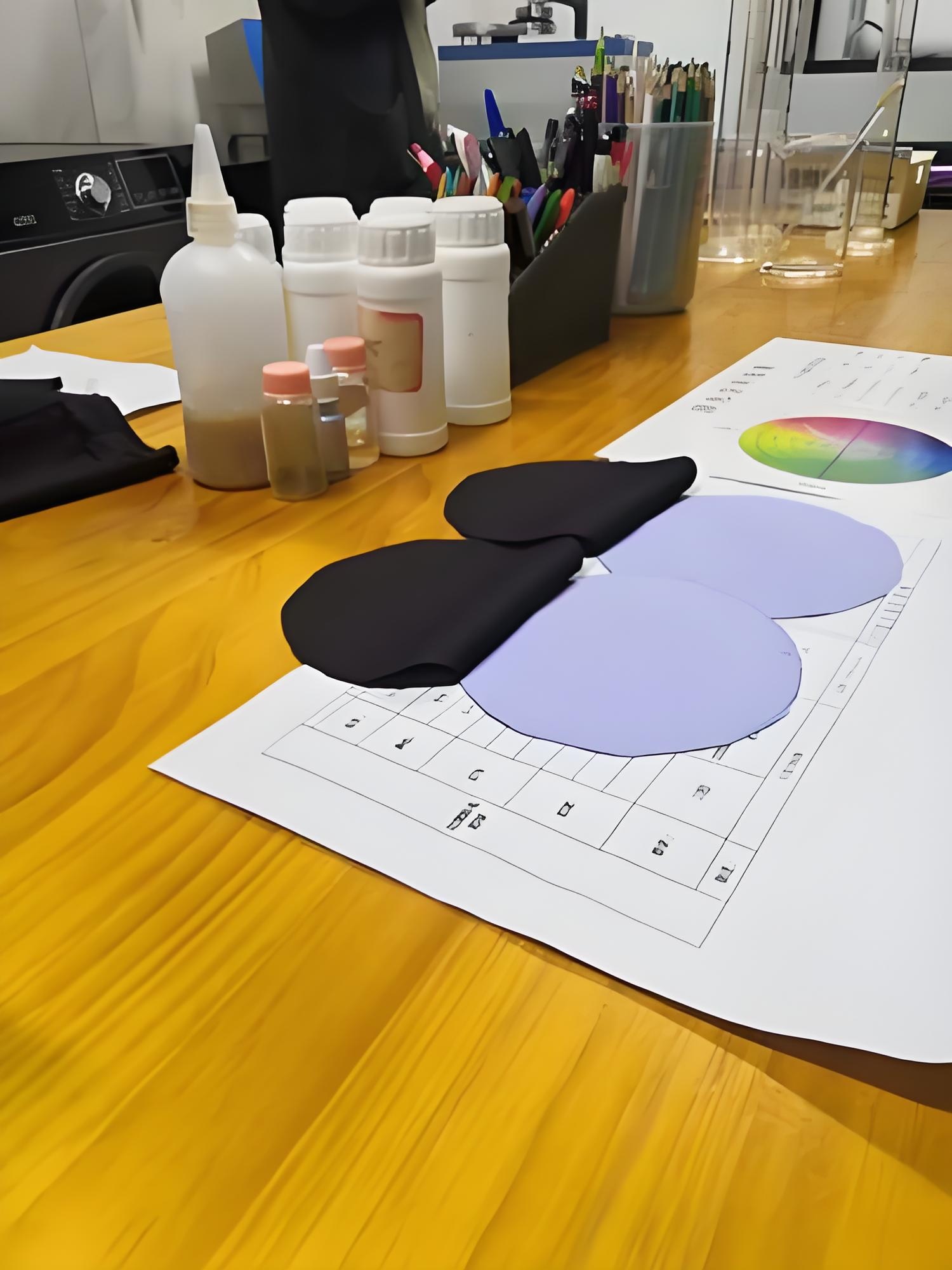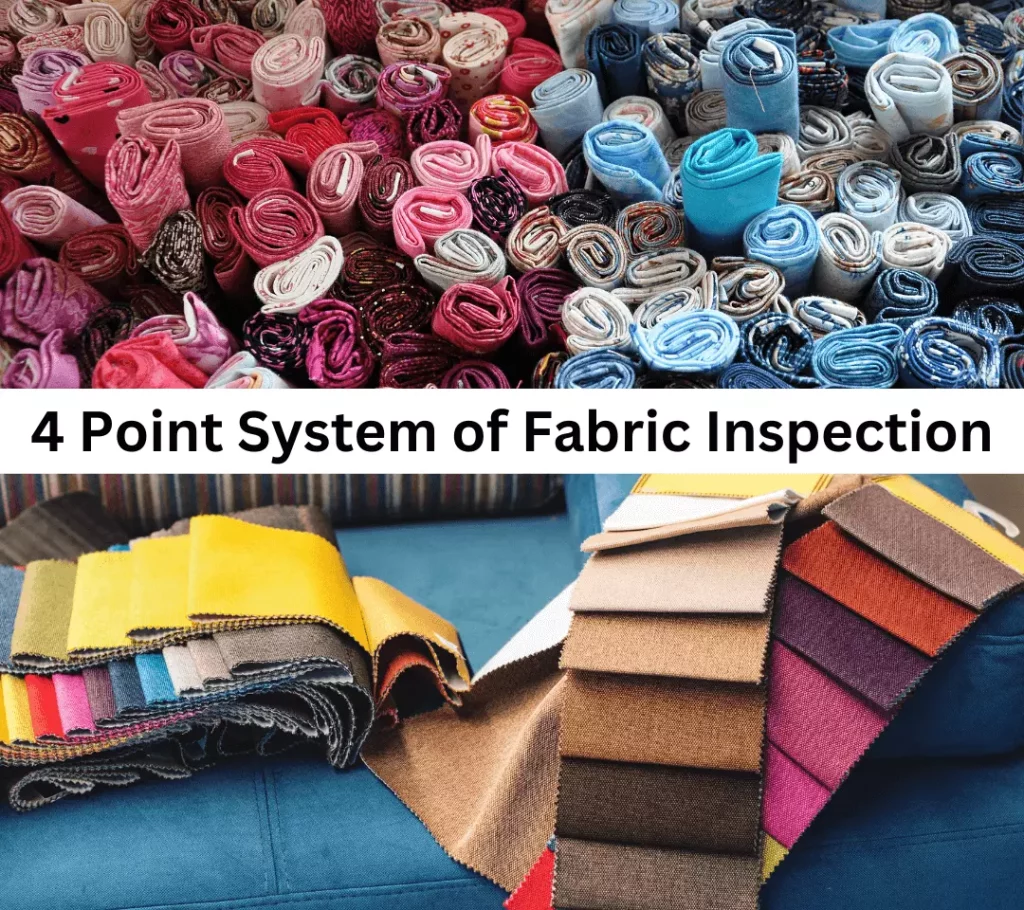A Practical Guide
In the textile and garment manufacturing industry, fabric quality is the foundation of every great product. Before fabrics are cut, sewn, and turned into finished garments, they must pass strict quality checks. One of the most widely adopted and trusted methods for evaluating fabric defects is the 4-Point System.
This blog will walk you through how the system works, what to look out for, and how you can apply it to maintain high-quality standards in your textile business.
📌 What Is the 4-Point System?
The 4-Point System is a standardized method for visually inspecting fabrics for defects. It was developed by the American Apparel Manufacturers Association (AAMA) and is widely accepted by international buyers—especially in the U.S. market.
It assigns penalty points based on the size and severity of fabric defects, making it easier for suppliers and buyers to quantify fabric quality and make clear pass/fail decisions.

✅ Defect Scoring Guidelines
Each fabric defect is scored based on its size. Here’s how the points are assigned:
| Defect Length | Penalty Points |
|---|---|
| Up to 3 inches (7.6 cm) | 1 point |
| Over 3 to 6 inches (7.6–15.2 cm) | 2 points |
| Over 6 to 9 inches (15.2–22.9 cm) | 3 points |
| Over 9 inches (22.9+ cm) | 4 points |
🔸 Note: A single defect cannot be assigned more than 4 points, no matter how serious it appears.

🧵 Common Fabric Defects to Watch For
- Holes or tears
- Stains or oil spots
- Color shading
- Yarn slubs or thick places
- Weaving defects (e.g. missing yarns, double picks)
- Misprints (for printed fabrics)
- Bowing or skewing

🧮 How to Calculate Total Points per Roll
To evaluate a roll, inspectors calculate the total number of penalty points per 100 square yards (or per 100 square meters for metric use).
Basic Formula:
(Total penalty points × 36 × 100) / (Yards inspected × Fabric width in inches)
Example:
Let’s say you inspect a 132-yard fabric roll that’s 43 inches wide and you find the following defects:
- 6 defects up to 3″ = 6 points
- 4 defects between 3–6″ = 8 points
- 2 defects between 6–9″ = 6 points
- 2 defects over 9″ = 8 points
Total = 28 points
Now apply the formula:
(28 × 36 × 100) / (132 × 43) ≈ 17.8 points per 100 square yards
🎯 If your company’s acceptable limit is ≤ 40 points, this roll is approved.

📊 Sample Scoring Table
| Defect Type | Size | Points | Remarks |
|---|---|---|---|
| Hole | Over 9 inches | 4 | Major defect |
| Oil stain | 3–6 inches | 2 | May be removable |
| Color shading | Full fabric width | 4 | Visual inconsistency |
| Yarn slub | Up to 3 inches | 1 | Minor aesthetic defect |
💡 Expert Tips for Using the 4-Point System Effectively
- Standardize your inspection environment – Consistent lighting and speed help ensure fair scoring.
- Train your quality control staff – Human inspection is still the standard, so consistency in judgment is critical.
- Document everything – Keep detailed inspection records, ideally with photos.
- Set internal quality thresholds – Align with customer expectations; many brands accept ≤ 30 or ≤ 40 points per 100 yd².

🔚 Conclusion
The 4-Point System is not just a tool—it’s a bridge between fabric manufacturers, garment makers, and international buyers. By adopting this system, you’re ensuring consistency, transparency, and quality control across your supply chain.
Whether you’re exporting to strict markets like the U.S., or simply want to strengthen your quality assurance process, the 4-Point System is a must-know.




The text is original and the pictures are from the Internet. If there is any infringement, please contact us to delete it. Thank you!




